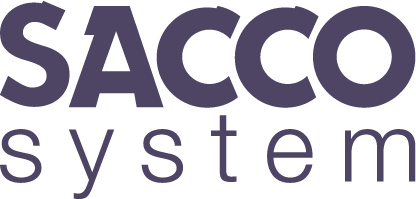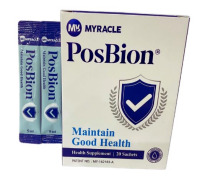Meat Cultures
Product description
Lyocarni: cultures for meat application
Cured meat products, such as salami, whole muscles, and fresh sausages are produced with raw meat, and consequently, there will always be an unknown amount of indigenous bacteria deriving from the raw materials and production environment. The key role of meat starter cultures is to control the production process by inhibiting the indigenous flora and enhancing the required parameters for safe production. Starter cultures are purposeful bacteria and an important tool to produce safe, uniform and shelf-life stable cured meat products.
The bacteria most commonly used in manufacturing cured meat products are staphylococci and lactic acid bacteria. Staphylococci for boosting colour formation and colour stability in addition to suppressing rancidity, and furthermore, they contribute to aroma formation. For salami production lactic acid bacteria safeguard the required pH-decline to enable a consistent drying and improving safety whereas applied in fresh sausages they are for enhancing quality and safety by dominating the indigenous flora. In addition, some lactic acid bacteria producing bacteriocins are able to effectively restrain the growth of Listeria monocytogenes and hereby accomplish supplementary protection.
Read more
Cured meat products, such as salami, whole muscles, and fresh sausages are produced with raw meat, and consequently, there will always be an unknown amount of indigenous bacteria deriving from the raw materials and production environment. The key role of meat starter cultures is to control the production process by inhibiting the indigenous flora and enhancing the required parameters for safe production. Starter cultures are purposeful bacteria and an important tool to produce safe, uniform and shelf-life stable cured meat products.
The bacteria most commonly used in manufacturing cured meat products are staphylococci and lactic acid bacteria. Staphylococci for boosting colour formation and colour stability in addition to suppressing rancidity, and furthermore, they contribute to aroma formation. For salami production lactic acid bacteria safeguard the required pH-decline to enable a consistent drying and improving safety whereas applied in fresh sausages they are for enhancing quality and safety by dominating the indigenous flora. In addition, some lactic acid bacteria producing bacteriocins are able to effectively restrain the growth of Listeria monocytogenes and hereby accomplish supplementary protection.
Company information
Meat Cultures
Specifications
| Sales markets | Eastern Europe; Middle East; Asia; Australia; North America; Africa; Central/South America |
|---|---|
| Supplied from | Italy |
Meat Cultures











